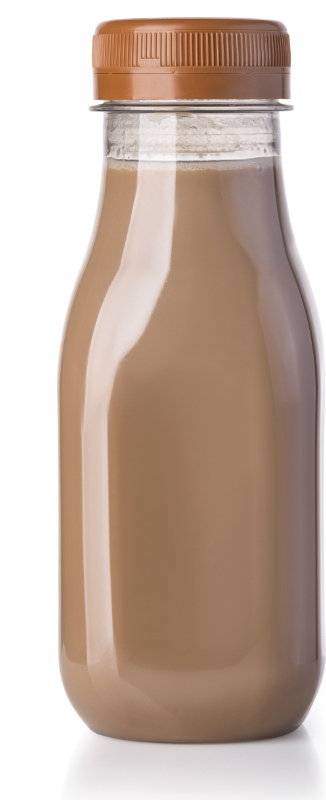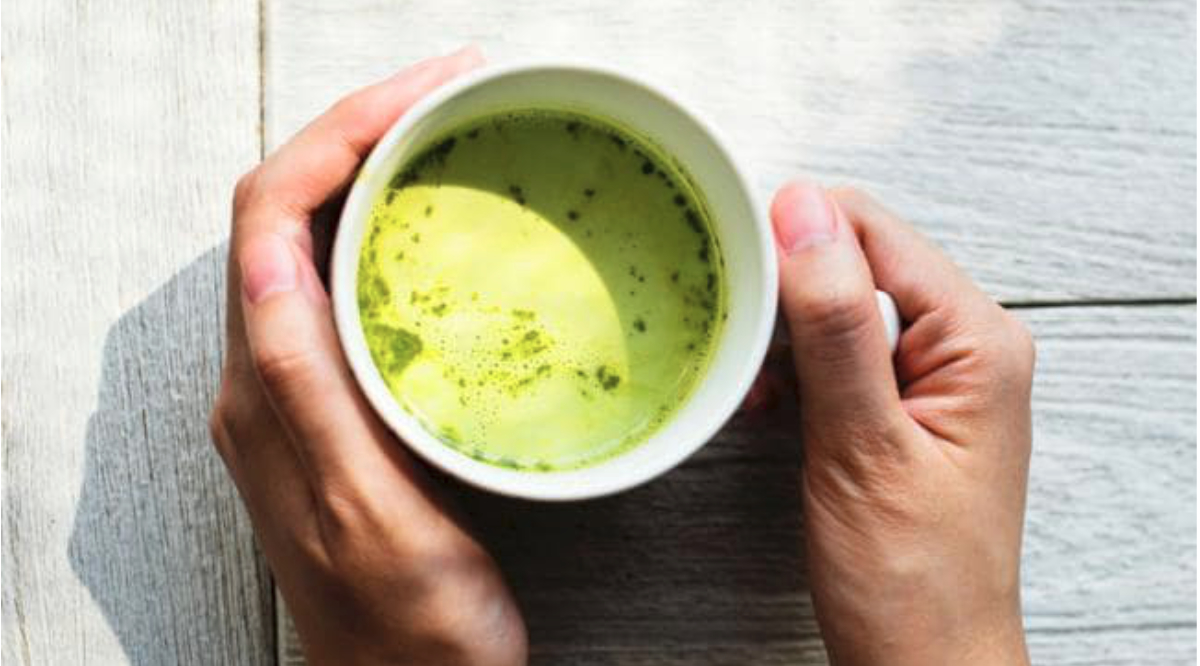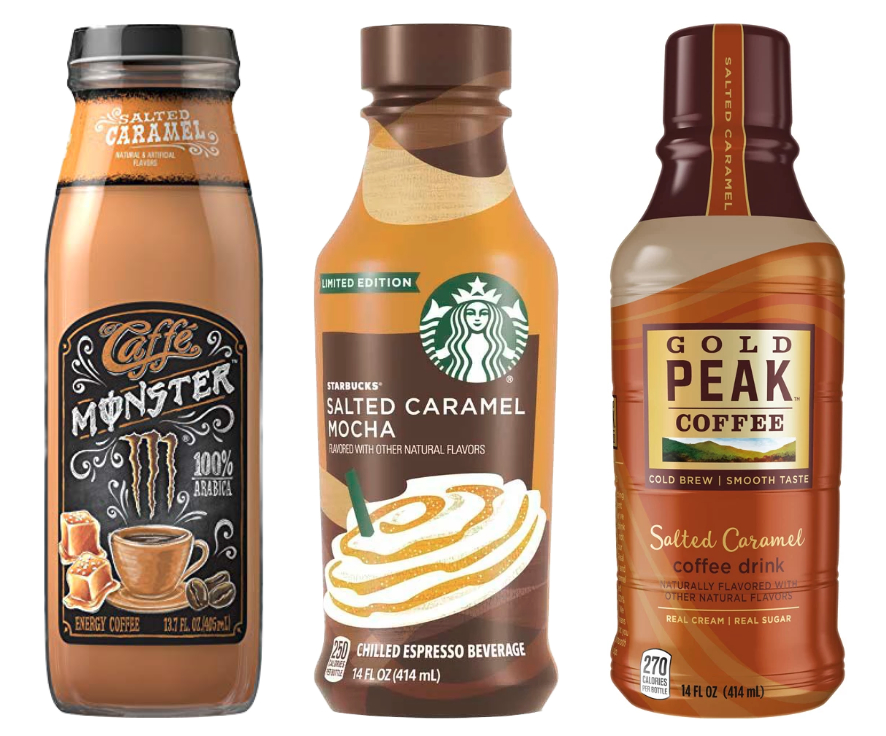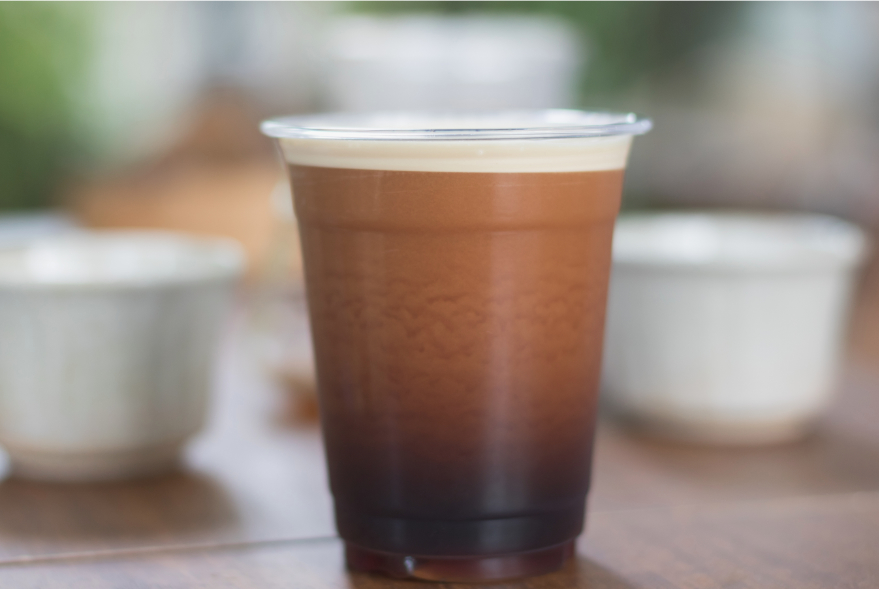CHICAGO — Ready-to-drink (R.-T.-D.) coffee innovations continue to roll out at a rapid rate, with many featuring unique attributes. Some are designed to address digestive health while others are fattened to appeal to keto dieters. There are even coffee beverages marketed as natural energy drinks, with some loaded with protein and having a refuel, refresh and reenergize positioning.
“Millennials show strong category engagement, consuming a range of coffee products, and they show strong interest in innovative offerings, including R.-T.-D. coffees with new ingredients and added functionality,” said Mimi Bonnett, director of food and drink food service for the market research company Mintel, Chicago.
Mintel estimated that from 2013 to 2017, R.-T.-D. coffee sales grew about 10% annually in the United States. Much of the growth came from some type of cold brew, with cold-brew retail sales reaching an estimated $38 million in 2017, representing a single-year growth of 137%.
The category shows no signs of slowing. Many believe the cold-brew segment is still in its infancy.
Most R.-T.-D. coffee beverage manufacturers do not have coffee roasting and brewing capabilities. Instead they rely on concentrated coffee ingredients to replicate the taste and energy boost consumers expect.
 “Instead of brewing and bottling coffee themselves, many R.-T.-D. coffee manufacturers are partnering with coffee suppliers who can provide a range of high-quality coffee ingredients,” said Susan G. Maiocchi, head of technical solutions, S&D Coffee & Tea, Concord, N.C.
“Instead of brewing and bottling coffee themselves, many R.-T.-D. coffee manufacturers are partnering with coffee suppliers who can provide a range of high-quality coffee ingredients,” said Susan G. Maiocchi, head of technical solutions, S&D Coffee & Tea, Concord, N.C.
The ingredients come in varied formats, including liquid and dried. Liquid products go by many names, including concentrate, extract and essence, depending on the supplier’s process and delivery method.
“Liquid coffee extracts are essentially concentrated brewed coffee, delivering the true-to-brew taste experience while soluble coffee is typically spray-dried or freeze-dried instant coffee,” said Mallory Poggensee, business development manager, Kerry, Beloit, Wis.
Brian Wilson, application laboratory manager, Prova Inc., Danvers, Mass., added, “Like traditional brewed coffee, coffee extracts have a variety of different profiles and often allow manufacturers to make claims on their label, such as single origin and fair trade.”
Concentrated coffee ingredients may be produced from a variety of roasted beans using either traditional or cold-brew techniques. Some processes produce a range of ingredient formats.
“Freshly roasted coffee beans are run through our proprietary process to extract the coffee solids and to capture the aromatic flavors or coffee essence,” said Cecily Minardi, technical product manager, Synergy Flavors, Wauconda, Ill. “The resulting extracts and essences are optimally combined for specific applications. Some customers are interested in the complete concentrate — the coffee solids and coffee aromatics — to be used for a full-sensory coffee experience while others purchase just the essence to enhance their own coffee products with clean label declaration or to ‘back note’ or ‘top note’ a formula that may need enhancement of roasted or brown coffee notes.”
The ingredients may be diluted in water or blended with a whitening mixer. Other ingredients may be added for sweetness, flavor and mouthfeel. Adding bubbles is also a new technique.
Milk is the standard for taste and mouthfeel, explained Ms. Poggensee. When using a milk alternative, the formulator is often challenged with trying to replicate taste, mouthfeel, functionality and stability.
“With the increased interest in dairy-free products, many different milk alternatives have made their way into R.-T.-D. coffee products,” said Joshua Jackson, beverage application technologist, Sensient Flavors, Hoffman Estates, Ill. “Each comes with its own flavor contribution that must be taken into account during formulation.”
 The consensus is pea protein is the most challenging milk alternative.
The consensus is pea protein is the most challenging milk alternative.
“It is generally not very stable and can present many displeasing flavors to the beverage, like sulfur and vegetable notes,” said Robert Craig, senior beverage technologist at Synergy Flavors. “The stability issue can be overcome by using various buffering agents and gum systems while the off-notes will usually need a masking flavor, sweeteners or less aggressive processing.”
Mr. Wilson concurred.
“Pea milks can have green, earthy notes so if using a coffee with a similar profile, you will accentuate those notes,” he said. “Coconut milk’s sour flavor can make the coffee taste old, like it was brewed and left out for a few hours.”
Ms. Maiocchi added, “With certain coffees, almond milk is a benefit because the subtle bitterness and roasted notes enhance the coffee, but with some coffee blends it is a disadvantage as it causes the bitterness to be too forward and undesirable.
“Coconut milk is quite challenging to pair with coffee. Coconut flavor is polarizing to many consumers, and the product can curdle in more acidic coffees. To overcome these difficulties, it may require using buffers or other ingredients to help stabilize the coconut milk in coffee as well as ensuring the end product is targeted to the correct consumer.”
Once you decide on the milky component, select a coffee profile that is going to work well with it, Mr. Wilson said.
 “Sweeteners, masking agents and additional flavors can also help to get you to your desired profile,” he said.
“Sweeteners, masking agents and additional flavors can also help to get you to your desired profile,” he said.
The flavors being added to R.-T.-D. coffee have expanded beyond the standard vanilla and mocha. Additionally, some products market the coffee’s origin.
“Over the past couple years, we’ve started seeing more sophisticated flavors targeting the millennial generation, such as salted caramel, whiskey, oak and botanicals,” said Patrick Riolo, senior product developer, Allen Flavors Inc., South Plainfield, N.J. “Those flavors may help tell a story about the coffee, allowing it to stand out from the competition.”
The next generation of R.-T.-D. coffee beverages will feature added value in the form of functional nutrition. Layering flavors to mask off tastes of the ingredients is often critical.
“The robust flavor of coffee makes it ideal for adding functional ingredients that may not have the best flavor on their own because the coffee flavor covers the off-notes of the functional ingredients,” Ms. Minardi said.
Cold-brew canvas
The use of cold-brew coffee ingredients is an increasingly popular way of distinguishing a brand in the growing category of R.-T.-D. coffee. Also known as cold press, this type of coffee is brewed without heat for a long period of time, making it a labor-intensive process.
“Cold-brew coffee is exactly as it sounds,” Mr. Riolo said. “The coffee is brewed with room temperature water for a period of 12 to 24 hours. This extracts flavor components that are sweeter, nutty and milk chocolate-like, unlike hot water, which tends to draw out flavors that are bitter and acidic.”
Kevin Barasa, product manager at Sensient, added, “What many consumers like about cold brew is its velvety taste. The creaminess almost compensates for the otherwise bitter taste perceived in coffee, allowing consumers who traditionally need sugar or cream to drink their coffee black and stay within their health and wellness goals.”
 Cold-brew coffee also is recognized as a more concentrated source of caffeine. As clean and natural formulations take over the energy beverage aisle, cold brew is fueling innovation. Common additions include ginseng and vitamin B complex. The smooth, reduced-bitter flavor of naturally energizing cold brew also makes it a promising canvas for other functional ingredients.
Cold-brew coffee also is recognized as a more concentrated source of caffeine. As clean and natural formulations take over the energy beverage aisle, cold brew is fueling innovation. Common additions include ginseng and vitamin B complex. The smooth, reduced-bitter flavor of naturally energizing cold brew also makes it a promising canvas for other functional ingredients.
“Fortified coffee beverages include nutrients like protein or herbal ingredients traditionally associated with energy brands, like guarana or ginseng,” said Philip Caputo, marketing and consumer insights manager, Virginia Dare, Brooklyn, N.Y. “New brands are adding highly specialized botanicals like acacia fiber, maca root and quillaja extract, which can pose taste challenges due to inherent bitterness or off notes that they contribute.”
With cannabis dominating current food trend headlines, it’s highly likely that someone will soon add it to R.-T.-D. coffee.
“Coffee has a strong enough flavor profile to overcome the bitter flavor from cannabis ingredients,” Mr. Riolo said. “The fat from the milk will be essential to mask other undesired flavors.”
There’s always that question of being shelf stable or perishable. Each format has advantages and disadvantages. Formulation is specific to the type of processing for the intended distribution channel.

“Refrigerated R.-T.-D. coffee tends to be processed less aggressively so the flavor and integrity of the beverage itself is more authentic to what you may find at a coffee shop or brew at home; however, it can be very challenging and expensive to distribute and find shelf space in the refrigerated sections of various retailers,” Mr. Craig said. “Also, the shelf life of these products tends to be much shorter.”
Shelf stable beverages are the opposite.
“While the shelf life is much longer and the distribution of these products is much easier, these products undergo harsher processing using retort or aseptic technology,” Mr. Craig said. “This often produces off-notes of burnt or cooked, which can be displeasing to some consumers.”




